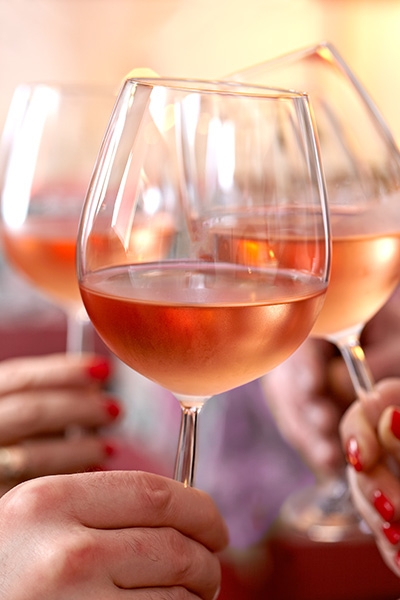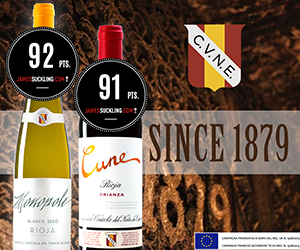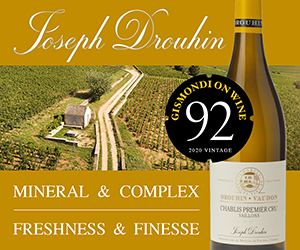I learned long ago that colour doesn't really matter when it comes to wine, at least as a guide to quality.

It is even easier to say that in 2014, because both viticulturists and winemakers have an endless bag of tricks to draw from when it comes correcting the colour of their wine.
If you were to stand at the end of a modern sorting line after 10-12 people hand-sorted the bunches and/or berries rolling along a conveyor belt, you would come to understand how colour and quality can be improved by removing those bunches or grapes that do not meet the standard required for the price of the wine.
You can multiply that by 10 if you stand at the business end of an optical sorter, an amazing machine with a photographic memory and optical scanner than can repeatedly select the same size, and colour berry until all you have at the finish line is a tank full of blueberry-size perfect grapes.
The word perfect is in the eye of the beholder. Perfection can often lead to, well perfection, which sometimes can be a bit boring in wine. Too much colour, too much concentration, too much alcohol and sadly too little quirkiness can work against you when you are trying to set yourself apart from the pack.
One wine bucking the darker colour trend is rosé. It appears almost everyone making rosé for the international market is making increasingly paler-coloured examples more along the lines of the classic onion skin or eye of the partridge, Provencal rosé. Last week I spoke with one of the world's top producer of pink wine, Sacha Lichine of Chateau d'Esclans.
I met Lichine 24 years ago, when he was working at his family property, Chateau Prieuré Lichine, in Margaux, Bordeaux. It was Sunday and everything was closed in Bordeaux but Lichine was offering winery tours, as was the standard in America. He was different. HGe remarked at the time the Bordelais would need to change their ways if they were every going to capture the American market.
Lichine sold the property in 1999 for an estimated £20 million, and in 2006, he and his partners purchased Chateau d'Esclans in Provence and set about trying to make the best rosé in the world. Lichine snagged retiring Mouton Rothschild/Opus One winemaker Patrick Leon and the consulting oenologist set out to make "real wine with a rosé colour." "Trying to sell $100 bottles of rosé at the time had people thinking I was crazy," said Lichine, but no longer.
At Chateau d'Esclans, they use only free-run juice; there is no maceration (skin contact) but to get flavour and colour out of that is complicated. Yields were brought down, the grapes are picked very ripe and the aim is to make wine that could age a year or two, an odd aspiration for rosé. The top wines are barrel-fermented, while the mid-range sees some wood but all barrels are capable of being individually chilled. "Quality is all about the details," says Lichine who reminds everyone that Leon told him it was easy to make average rosé, but to make great rosé would be harder than making a great red or white wine.
It's not all technical. Someone still has to buy the wine and that is where the amazing shades of onion-skin colour come in. Women love it and when it's in a clear glass bottle, it is almost irresistible. In general, Lichine says "the category is driven by women, and women still have an influence on men. Little by little they get us to drink it too."
By the way Provence rose is fermented dry, to two or three grams per litre. It is not sweet.
This week we look a range of rosé in the market including the entry-level $30 Chateau d'Esclans Whispering Angel, which is likely why Lichine suggests "The best place to drink rosé is on the back of your yacht."

 quicksearch
quicksearch





